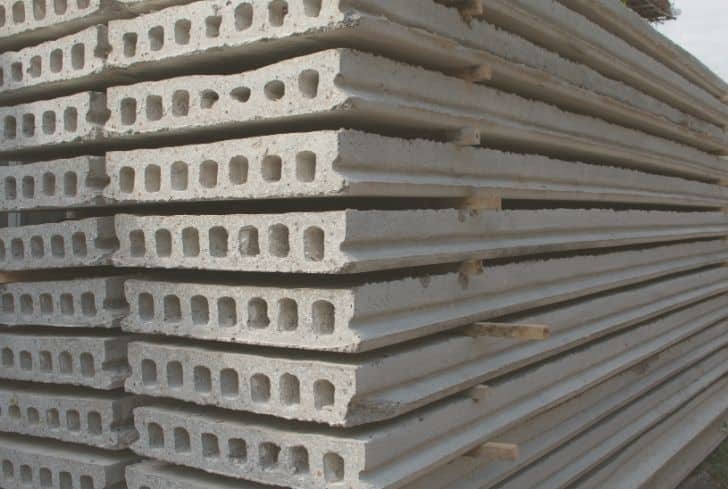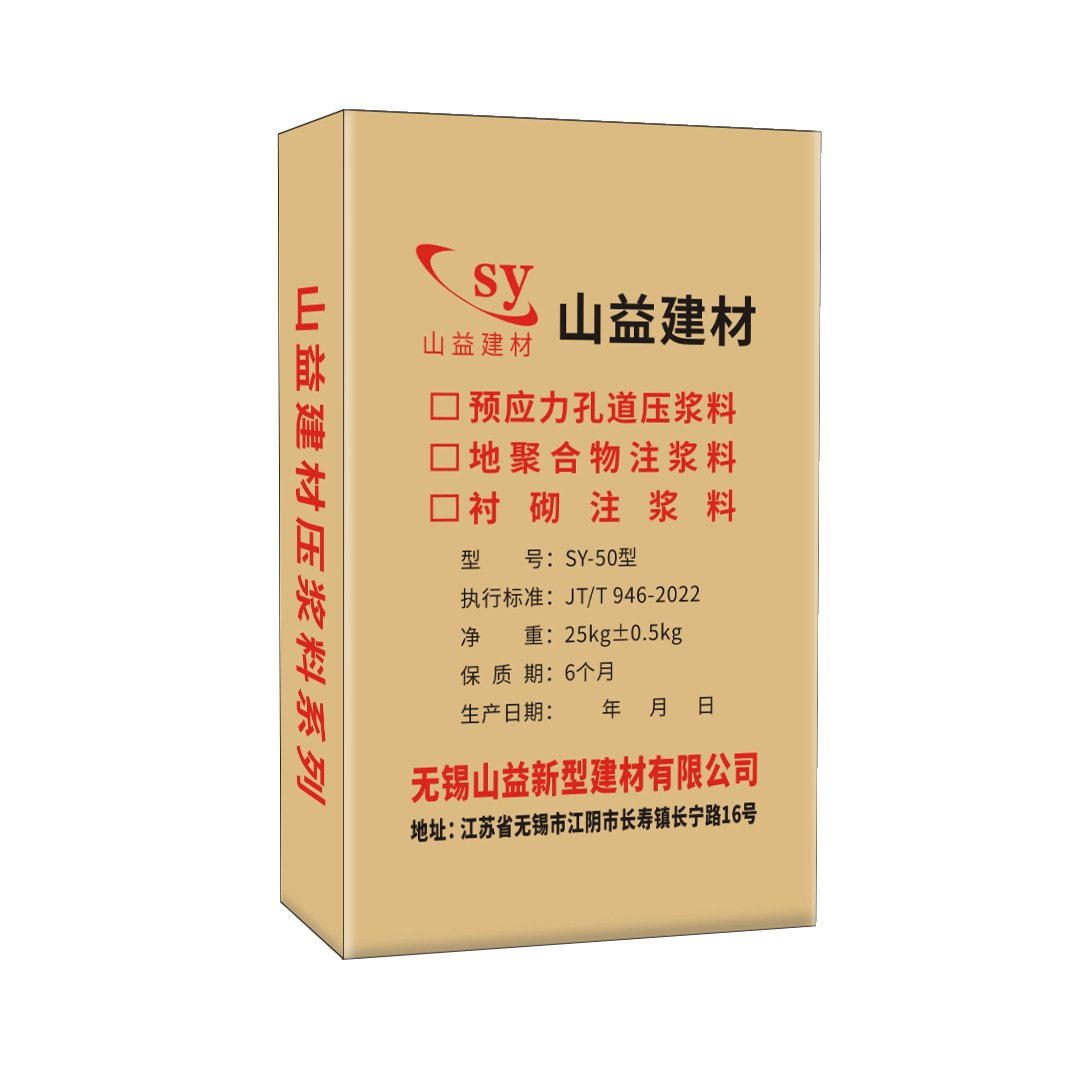In the ever-evolving field of house construction, the use of modern materials has revolutionized the way we build homes. These innovative materials offer enhanced durability, sustainability, and energy efficiency, while also providing aesthetic appeal. In this blog post, we will delve into the world of modern materials used to build houses, exploring their unique properties, benefits, and applications.
- Carbon Fiber Reinforced Polymers (CFRPs):
One of the most exciting advancements in modern house construction is the use of carbon fiber reinforced polymers (CFRPs). CFRPs are incredibly strong and lightweight, making them ideal for structural components such as beams, columns, and even entire building frames. Their high tensile strength and resistance to corrosion make them a reliable choice for long-lasting and earthquake-resistant structures. - Cross-Laminated Timber (CLT):
Cross-laminated timber (CLT) is a sustainable alternative to traditional building materials like concrete and steel. CLT panels consist of layers of wood boards stacked in alternating directions and bonded together with adhesive. This construction technique provides exceptional strength, stability, and fire resistance. CLT is not only environmentally friendly but also offers excellent insulation properties, reducing energy consumption and promoting a healthier indoor environment. - Insulated Concrete Forms (ICFs):
Insulated concrete forms (ICFs) have gained popularity in recent years due to their energy-efficient and disaster-resistant characteristics. ICFs are hollow foam blocks or panels that are stacked and filled with concrete, creating a durable and well-insulated wall system. These forms provide superior thermal insulation, soundproofing, and resistance to fire, wind, and seismic forces. Additionally, ICFs contribute to reduced energy costs and a smaller carbon footprint. - Photovoltaic Glass:
With the increasing focus on sustainable and renewable energy sources, photovoltaic (PV) glass has emerged as a game-changer in modern house construction. PV glass integrates solar cells into building materials, such as windows and facades, allowing them to generate electricity from sunlight. This innovative material not only provides natural lighting but also harnesses solar energy, reducing reliance on traditional power sources and lowering carbon emissions. - Aerogel Insulation:
Aerogel insulation is a highly efficient and lightweight material that offers exceptional thermal insulation properties. Made up of 90% air, aerogel is the world's lightest solid material. It effectively minimizes heat transfer, making it an excellent choice for insulating walls, roofs, and floors. Aerogel insulation significantly improves energy efficiency, reduces heating and cooling costs, and enhances overall comfort within the house.
Conclusion:
As the construction industry continues to embrace innovation, modern materials are transforming the way we build houses. From carbon fiber reinforced polymers and cross-laminated timber to insulated concrete forms, photovoltaic glass, and aerogel insulation, these materials offer a range of benefits, including enhanced durability, sustainability, energy efficiency, and aesthetic appeal. By incorporating these cutting-edge materials into house construction, we can create homes that are not only structurally sound but also environmentally friendly and comfortable for generations to come.


